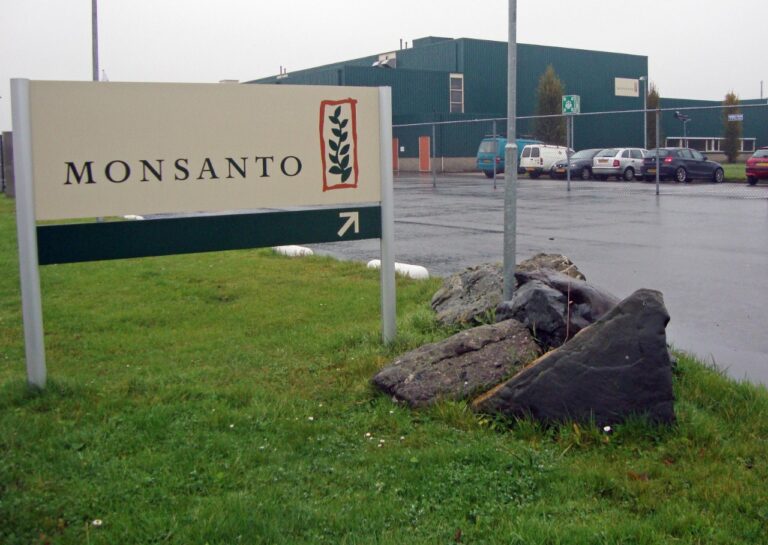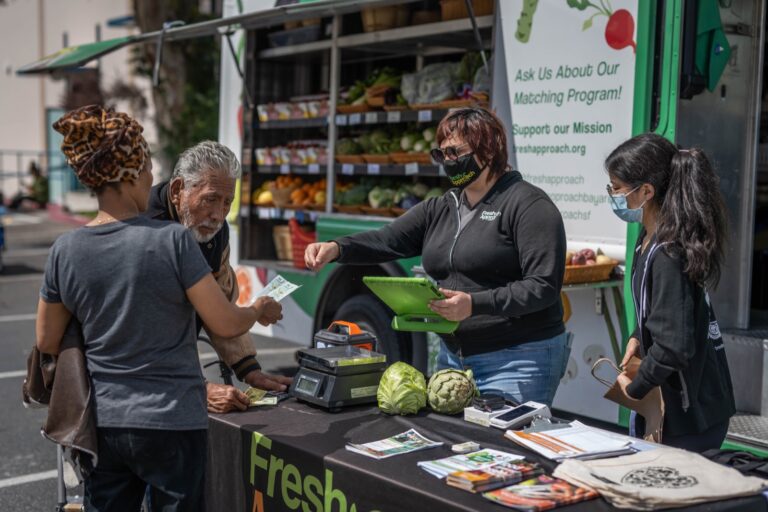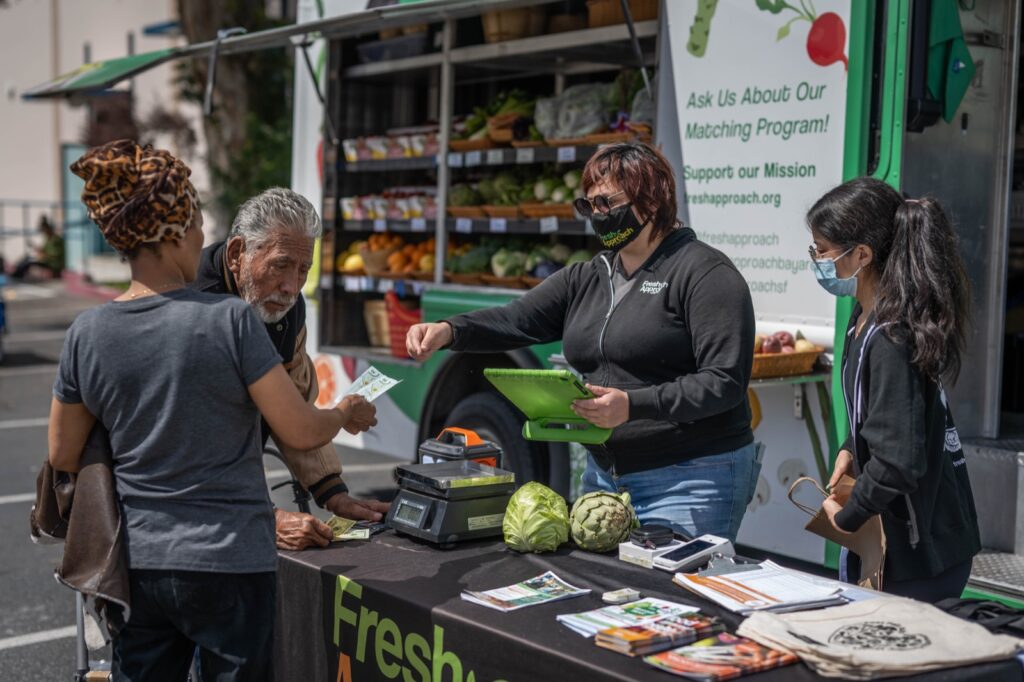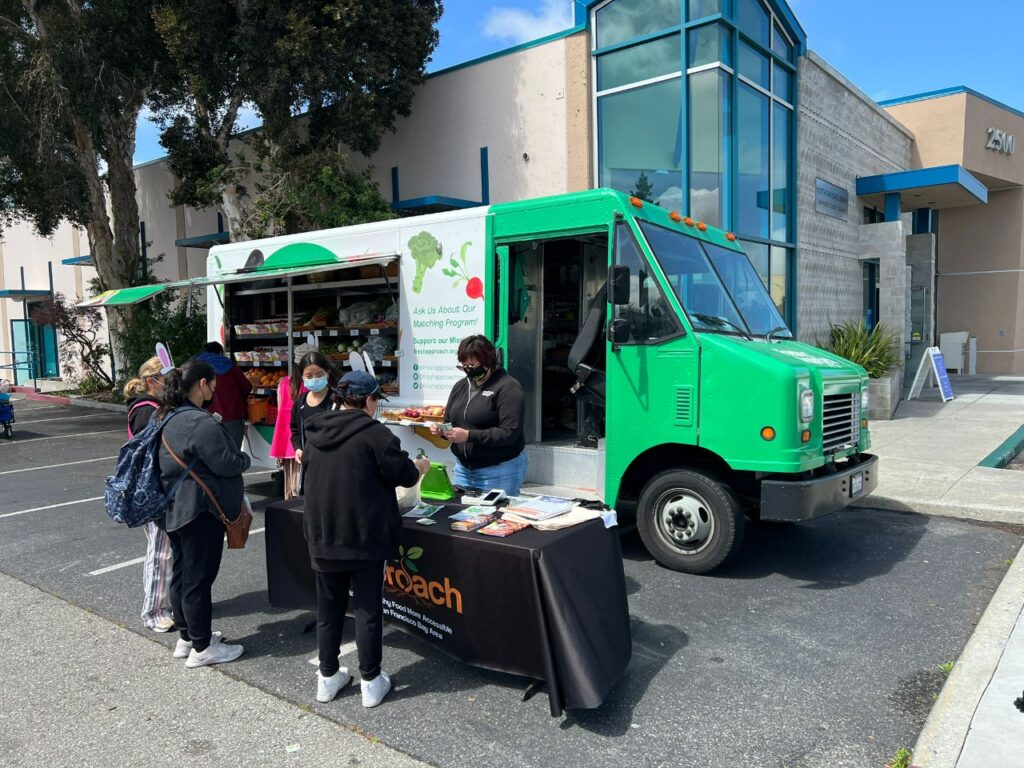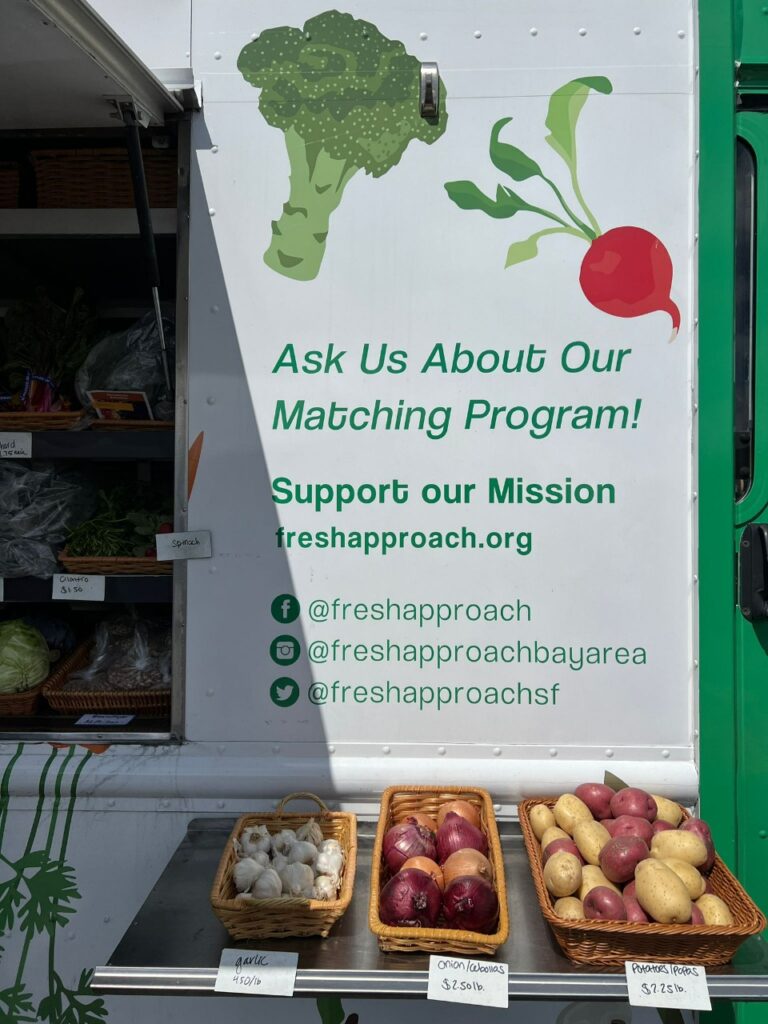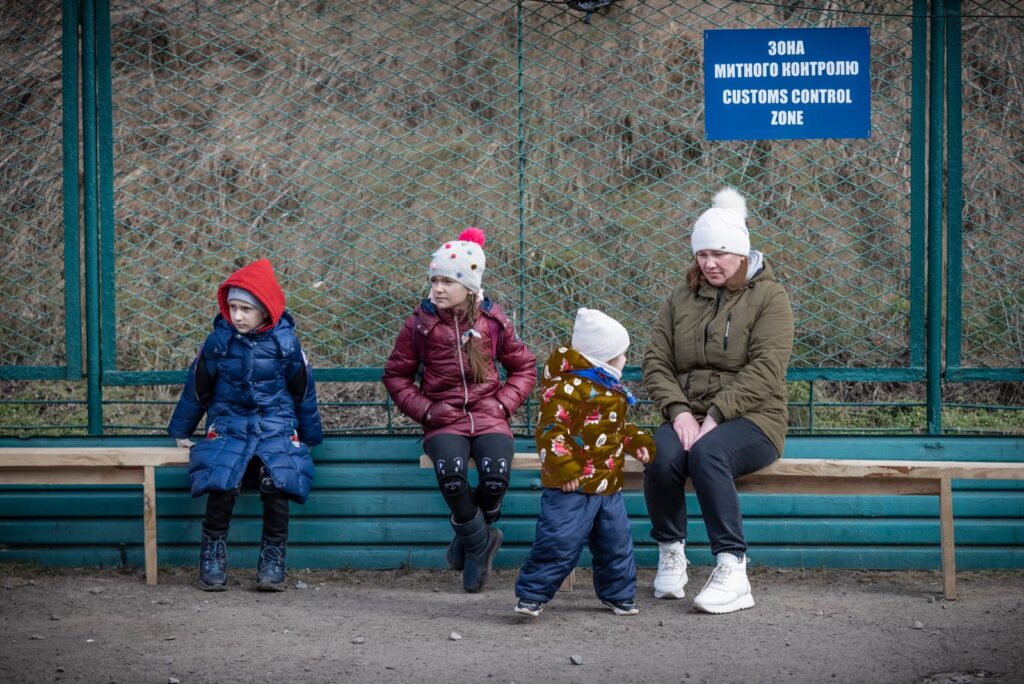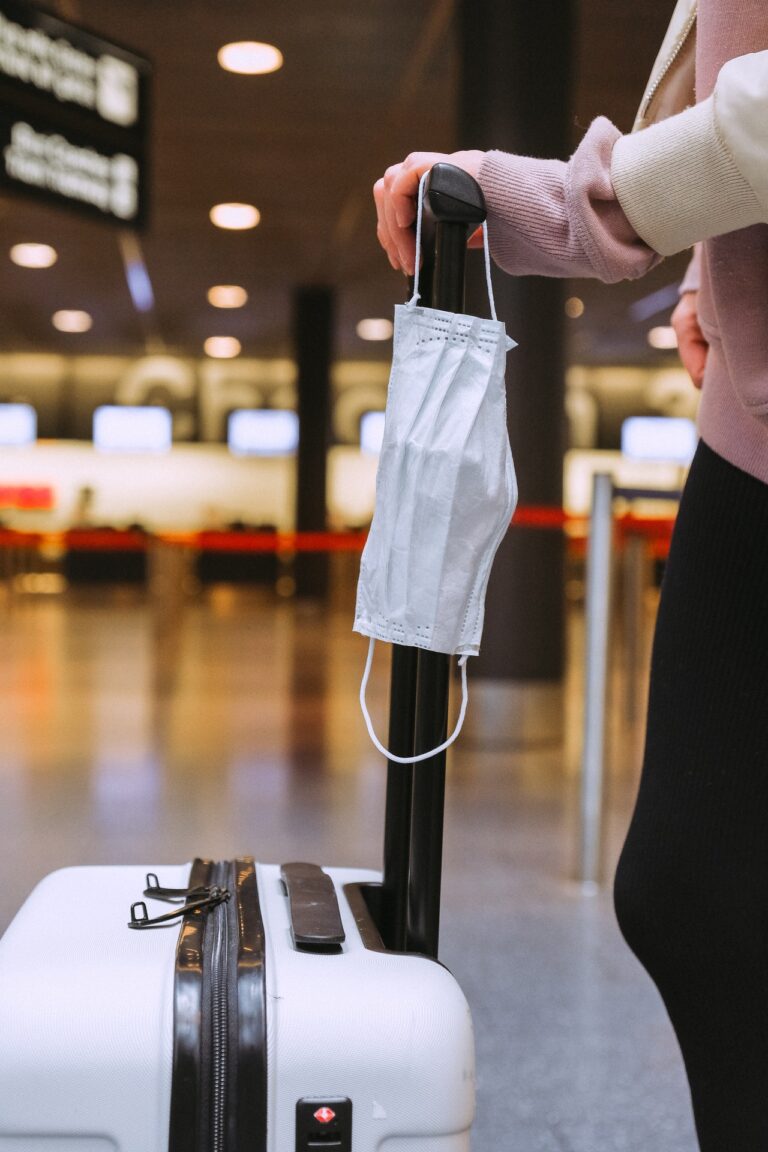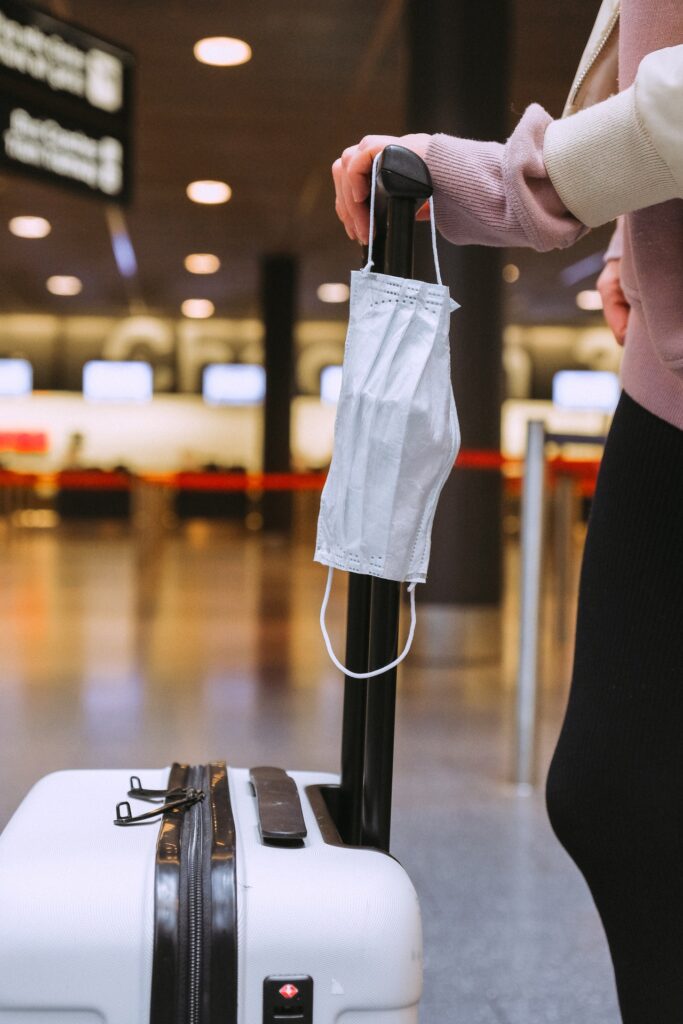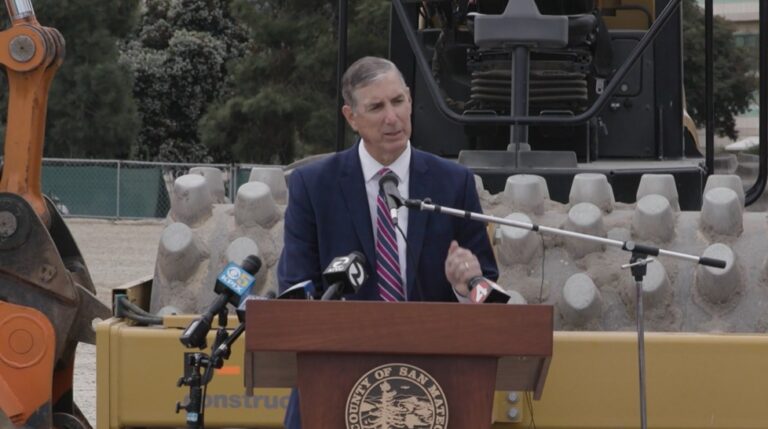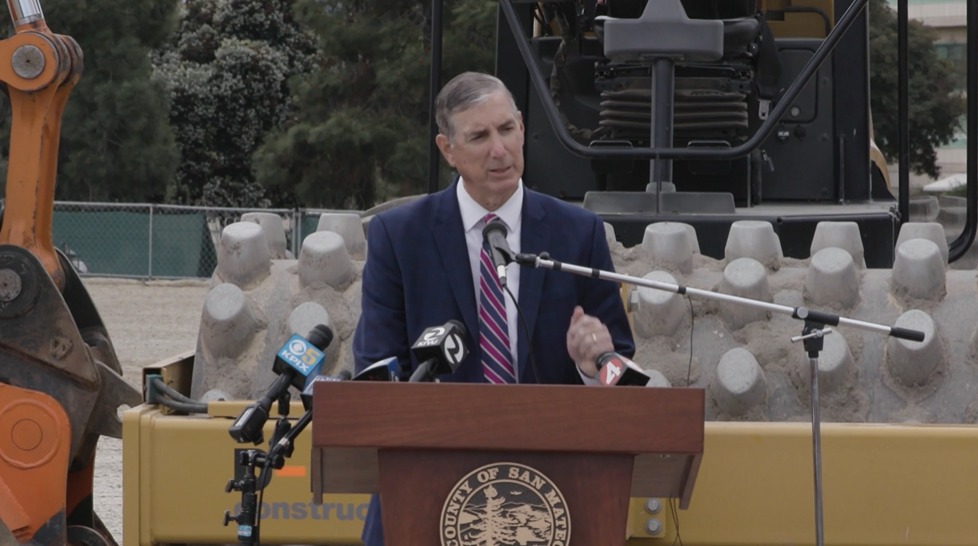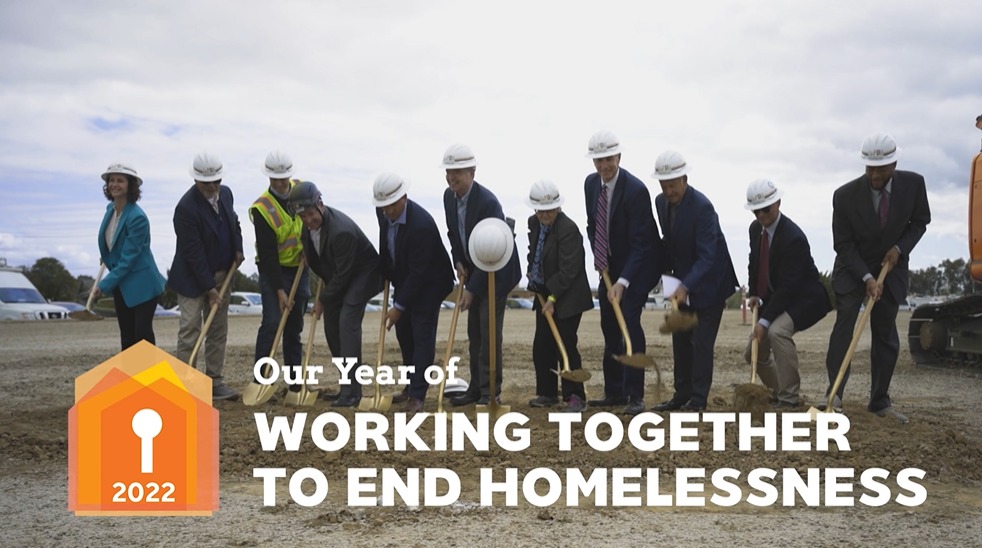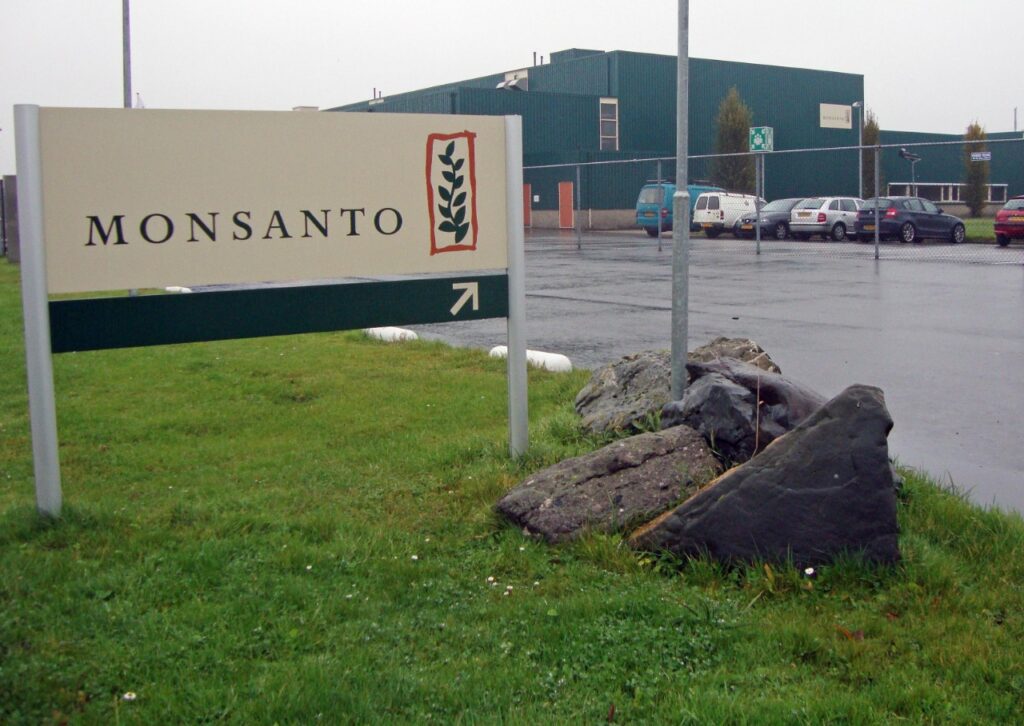
La ciudad de Redwood City se une a una demanda contra la empresa Monsanto en la que participan otras 8 ciudades y pueblos del Condado de San Mateo, por los costos masivos en los que incurren para eliminar la contaminación de bifenilos policlorados ‒PCB‒ de sus jurisdicciones y la Bahía de San Francisco.
The county is joined in the lawsuit against Monsanto by the cities and towns of Atherton, East Palo Alto, Foster City, Menlo Park, Portola Valley, San Carlos, San Mateo, Woodside and Redwood City.
Todos los demandantes están optando por no participar en un acuerdo de demanda colectiva nacional propuesto porque le habría proporcionado a cada uno solo una pequeña fracción de lo que necesitan gastar para cumplir con las regulaciones y evitar una mayor propagación de PCB en toda el Área de la Bahía, dejando a los contribuyentes en la calle.
De acuerdo con información del condado de San Mateo, los PCB están envenenando a los peces y la vida silvestre, interrumpiendo los negocios y la recreación, además de amenazar la salud de los residentes en toda el área.
La demanda contra la empresa Monsanto, que se presentó en el San Mateo County Superior Court, alega que Monsanto ha sabido acerca de las amenazas para la salud pública y el medio ambiente causadas por los PCB durante más de 50 años, y deliberadamente engañó al público, a los reguladores e incluso a sus propios clientes sobre esas amenazas. para que pudiera continuar obteniendo ganancias masivas de las ventas de PCB.
«La evidencia es clara de que Monsanto sabía, y ocultó la verdad durante décadas, sobre los peligros de los PCB, dijo el fiscal del condado de San Mateo, John Nibbelin. «No existe ninguna razón en el mundo por la que nuestros contribuyentes deban pagar los cientos de millones de dólares que debemos gastar para evitar una mayor contaminación por PCB. Esa es responsabilidad de Monsanto, y por eso los estamos llevando a los tribunales».
En la demanda contra la empresa Monsanto, el condado y las ciudades están representados por su propio personal de abogados, con el apoyo del abogado externo Sher Edling LLP de San Francisco.
Monsanto produjo casi 99 por ciento de todos los PCB utilizados en Estados Unidos a partir de la década de 1930 y continuó hasta que la Ley de Control de Sustancias Tóxicas de 1976 prohibió su fabricación.
Según los propios documentos internos de Monsanto, los funcionarios de la empresa sabían y fueron advertidos sobre los peligros para la salud humana y el medio ambiente de los PCB.
En la década de 1950, la Marina de los EE. UU. se negó a comprar uno de los productos de PCB de Monsanto, Pydraul 150, para usarlo en sus submarinos porque las pruebas de la Marina demostraron que mataba al 100 por ciento de los conejos expuestos a sus vapores.
Sin embargo, Monsanto ocultó esa información al público y a sus clientes.
Se sabe o se sospecha que los PCB causan una amplia gama de cánceres, incluidos el linfoma no Hodgkin, el cáncer de mama, el cáncer de hígado, el cáncer de vesícula biliar, los cánceres gastrointestinales, el cáncer de páncreas y el cáncer de piel.
También están implicados en numerosos problemas de salud no relacionados con el cáncer, incluidos daños cardiovasculares, endocrinos, gastrointestinales, hepáticos ‒hígado‒, inmunitarios, neonatales, neurológicos, oculares y reproductivos.
La contaminación por PCB ya está muy extendida en el Área de la Bahía. La Junta Regional de Control de la Calidad del Agua de la Bahía de San Francisco ha identificado ciertas partes de la Bahía, incluido el puerto de Redwood City, como «puntos calientes» donde las concentraciones de PCB en los sedimentos son varios órdenes de magnitud más altas que en otras partes de la bahía.
La contaminación con PCB en la bahía ha sido tan grave que la Oficina de Evaluación de Peligros para la Salud Ambiental de California ha aconsejado a algunas personas que no coman ciertos tipos de pescado capturado en la bahía. Por ejemplo, se aconseja a los niños y mujeres de 18 a 49 años que no coman lubina rayada, tiburones y esturiones blancos capturados en la bahía.
También se recomienda a todos que no coman la piel y el tejido graso de ningún pescado capturado en la bahía.
El agua y los sedimentos que contienen PCB terminan en los sistemas de aguas residuales y aguas pluviales del condado y los municipios, que finalmente llegan a la Bahía de San Francisco.
Con el fin de cumplir con las normas estrictas para evitar una mayor contaminación, los demandantes deben implementar una amplia gama de acciones, incluidas algunas o todas las siguientes:
Pruebas y seguimiento; La instalación de “infraestructura verde” para capturar PCB en la escorrentía; Medidas para controlar las descargas de PCB cuando se demuelen estructuras con PCB; Identificación de sitios contaminados con PCB y reducción de la contaminación en esos sitios; Barrido de calles más frecuente; Dispositivos de captura de basura que capturan partículas transportadas en la escorrentía; y Operación y mantenimiento continuos de infraestructura verde, dispositivos de captura y otros dispositivos de reducción.
La queja incluye reclamos de alteración del orden público, alteración del orden público y allanamiento de morada.
You may be interested in: Call to prepare for "devastating" effects of Climate Change in California

